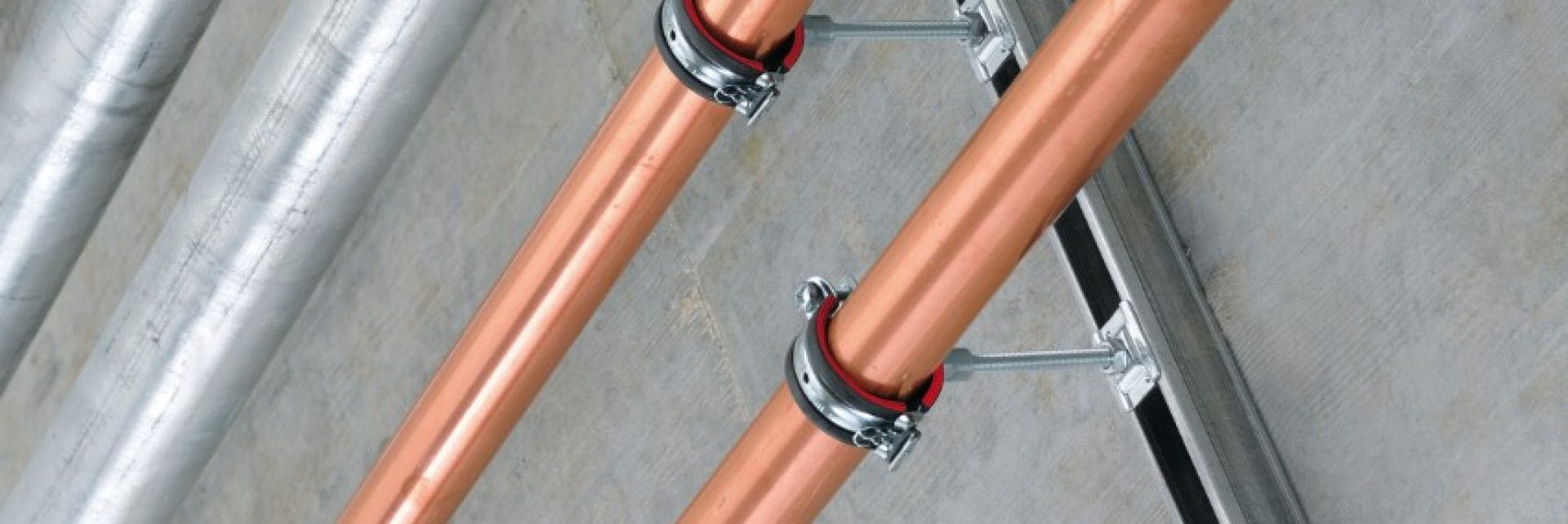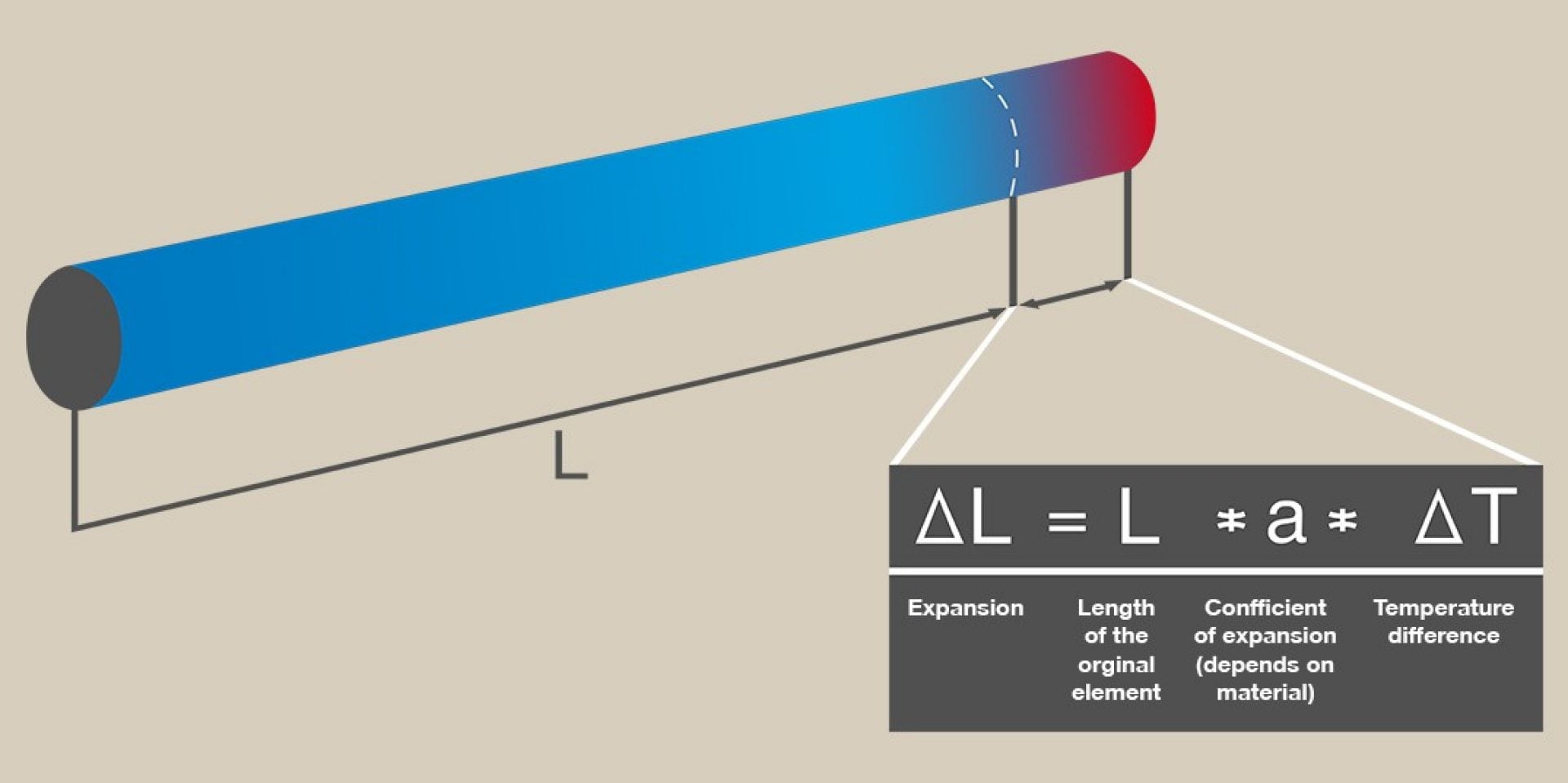HOW TO DESIGN FOR THERMAL MOVEMENT
Thermal expansion design


RELATED SOFTWARE
Share this content


RELATED SOFTWARE
Share this content